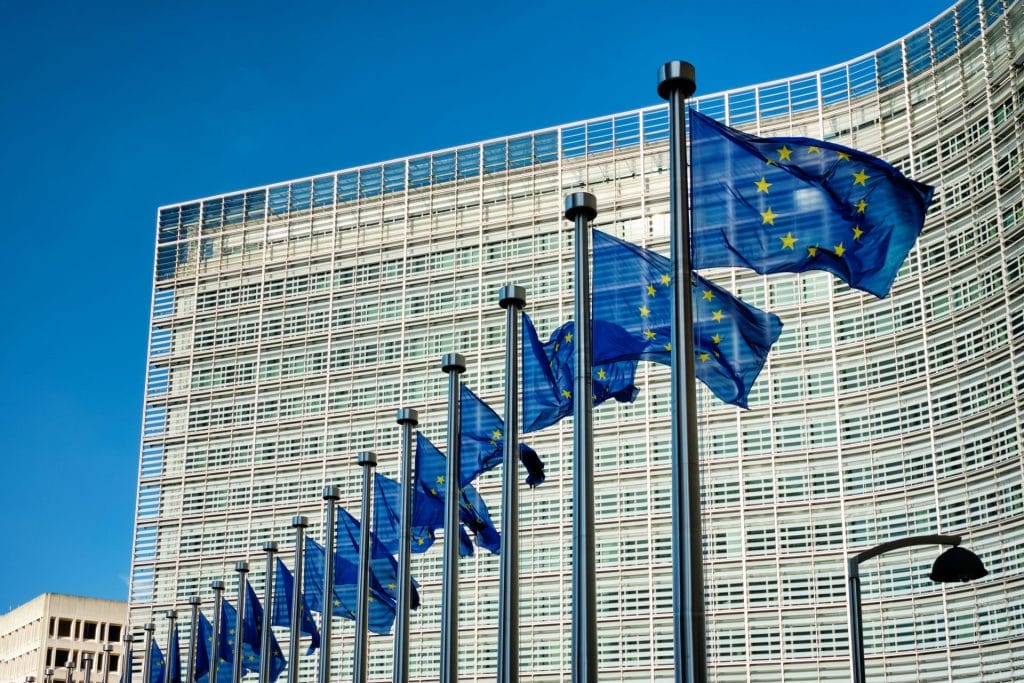We work with senior leaders, in partnership and in confidence.

Active asset management in refocus: A potential new dawn for European SMID caps

What’s next for stock exchanges? Rethinking the equity story of market infrastructure

What matters now: 10 strategic levers and the questions investors are really asking

Day 74 of Trump 2.0: Implications of trade tariffs on supply chain strategies and currency exposure

Beyond compensation: Enhancing transparency in remuneration reporting

End-of-year 2024 Pulse: Evaluating earnings trends and looking ahead

The strategic importance of Capital Market Days for B2B companies

Building an effective sustainability strategy: An interview with Darina Elencheva

Investor Relations: The strategic key to valuation and business resilience

Quarterly Pulse Q2 2024: Evaluating earnings trends and looking ahead

Quarterly Pulse Q1 2024: Evaluating earnings trends and looking ahead

Quarterly Pulse Q4 2023: evaluating earnings trends and looking ahead

From sustainability strategy to equity narrative

Navigating corporate messaging priorities in 2024 – will progression overtake pragmatism?

2023 guidance considerations

IR trends for 2021

Embedding sustainability as a core strategic focus area – Part 2

Assessing the role of IR in embedding sustainability into a company’s strategic framework – Part 1

Communicating your equity story through and beyond the pandemic crisis

Saudi Arabia: The opportunities and challenges of a potential MSCI classification upgrade

Demystifying the sovereign wealth fund universe

Assessing the European IPO landscape within a global context: 2010 – 2015

The evolving approach to debt investor relations in 2015
Sign up for our alerts







